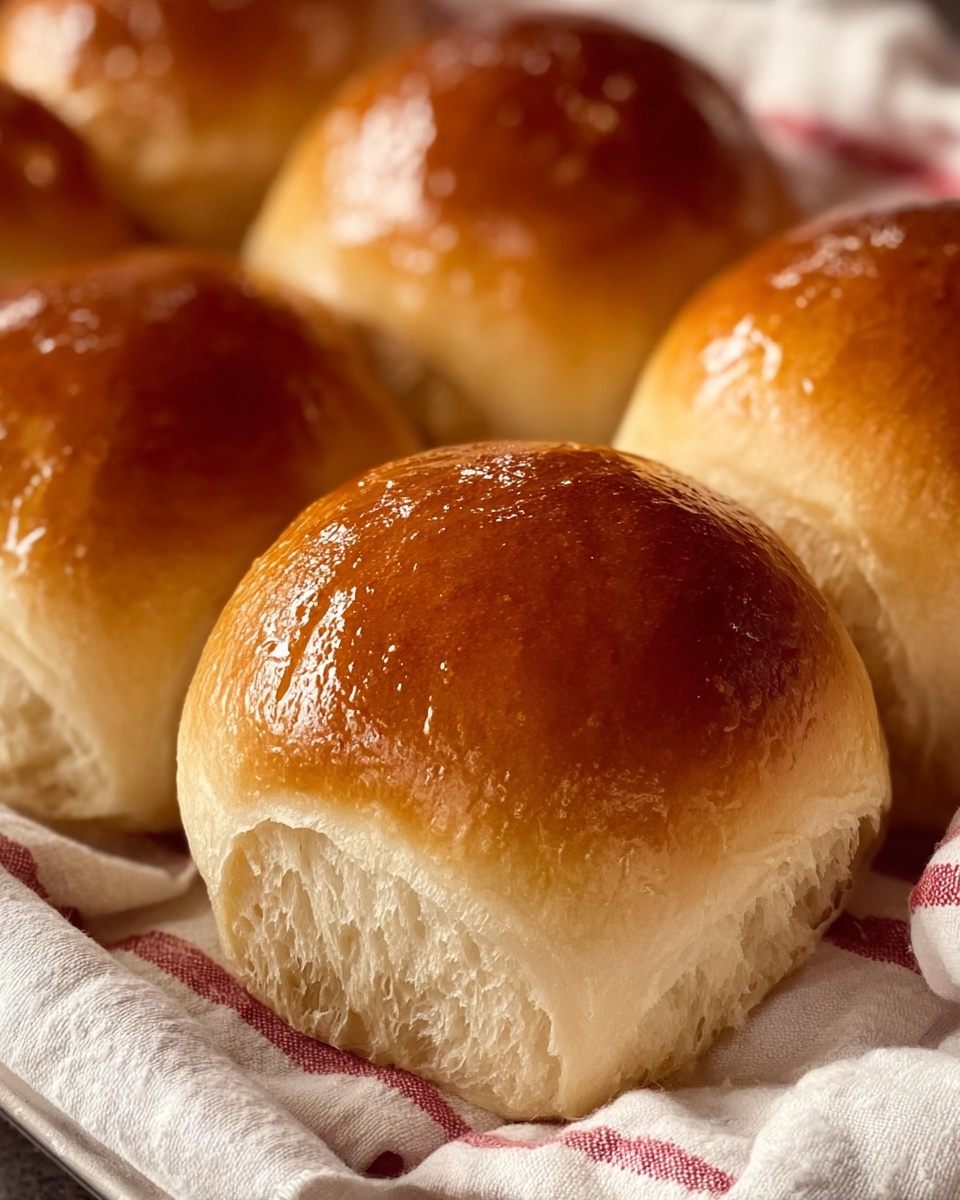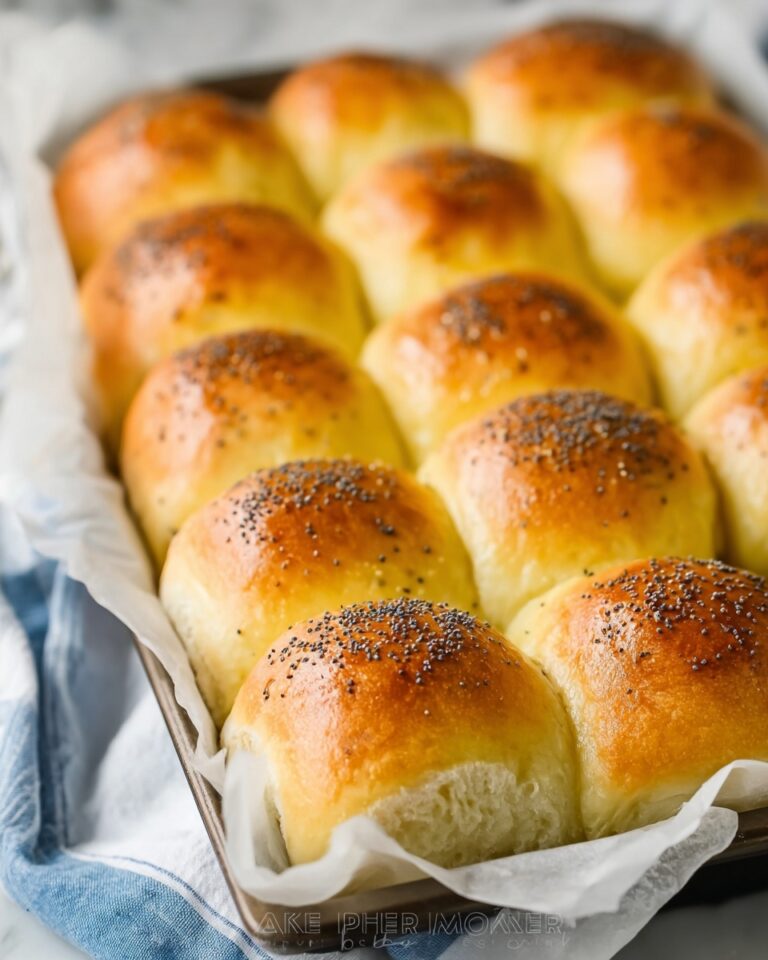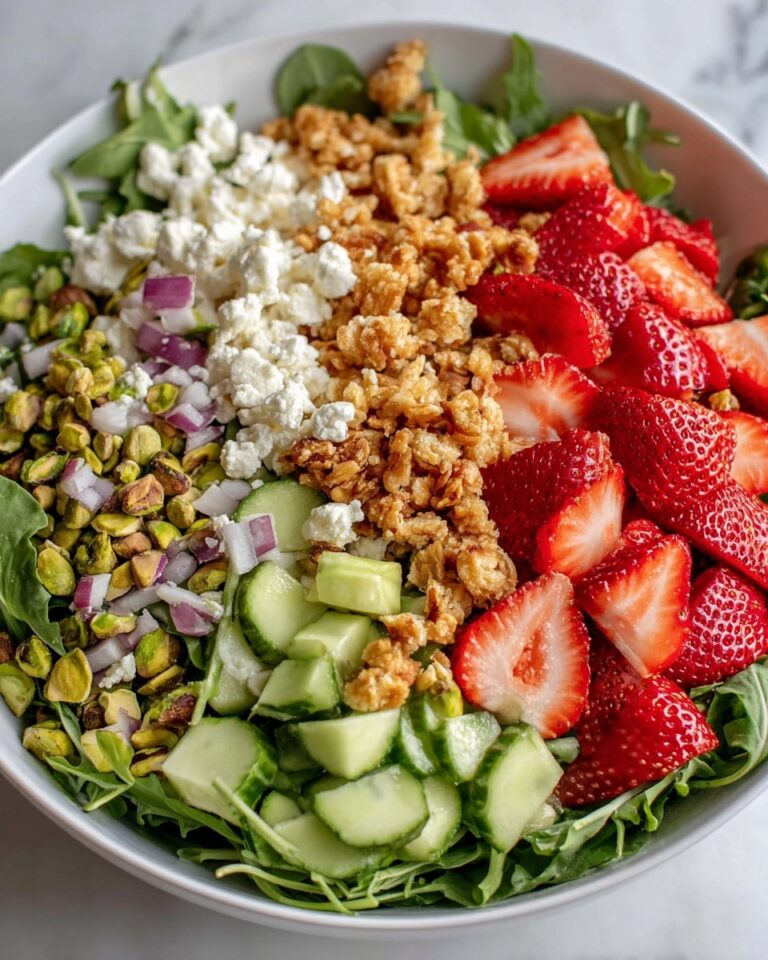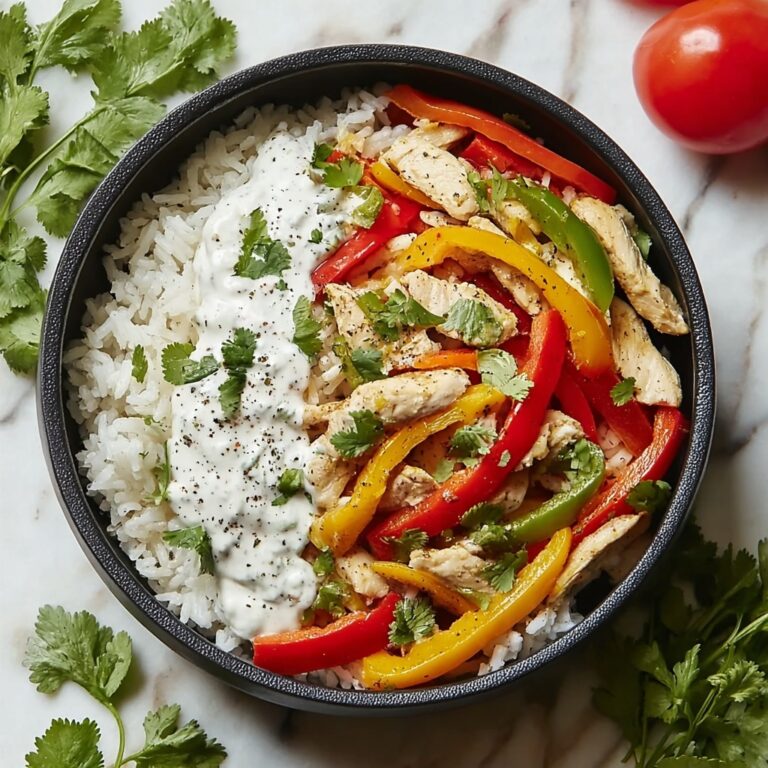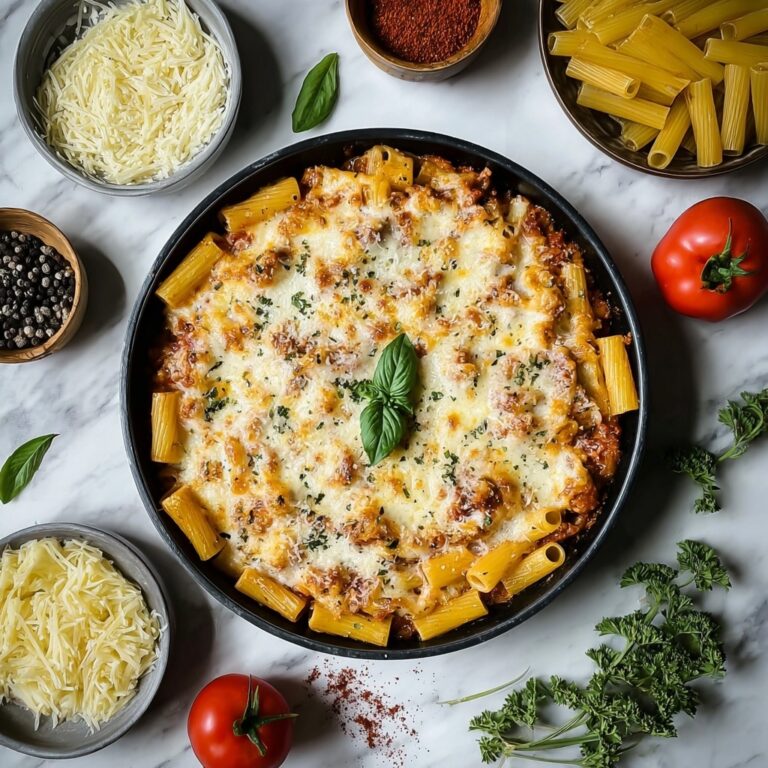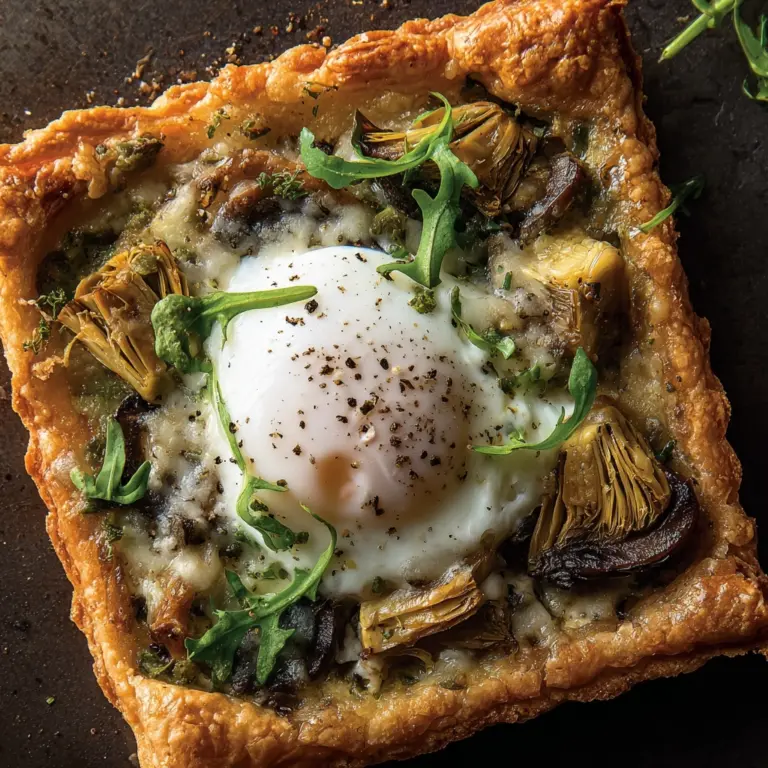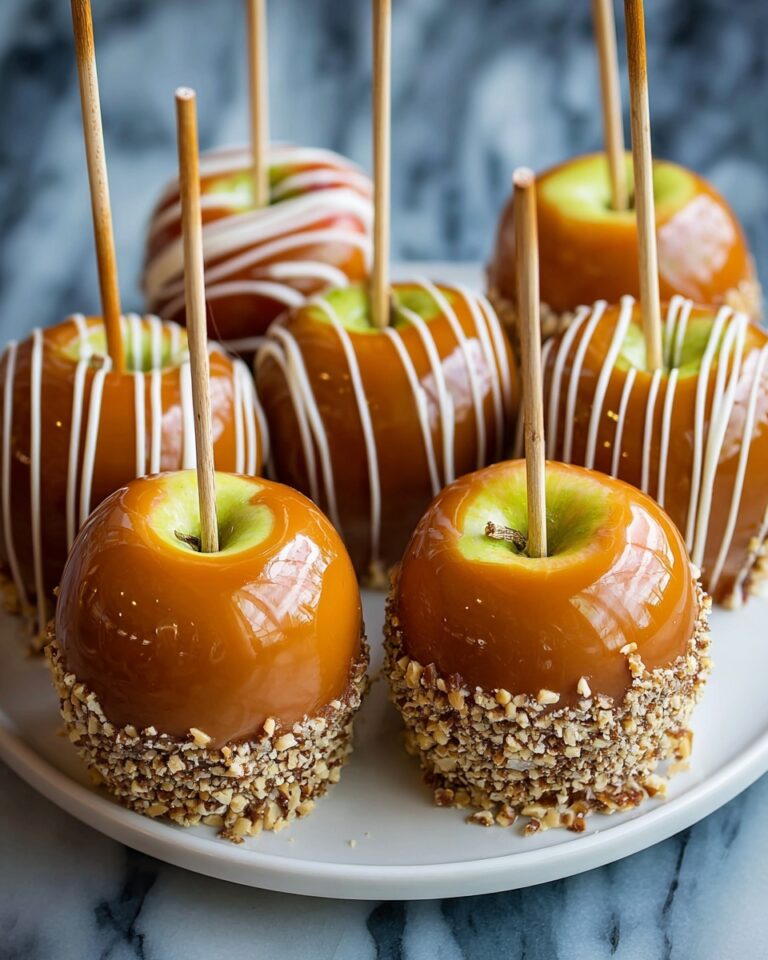If you’ve ever yearned for that perfect soft, fluffy bread roll that feels like a warm hug right out of the oven, then this Old Fashioned Yeast Rolls Recipe is exactly what you need. These rolls boast a beautifully tender crumb, buttery richness, and just the right touch of sweetness to make them irresistible at any meal. Whether you’re serving them alongside a hearty stew or buttering one up for a quick snack, these classic yeast rolls bring a timeless homemade charm that never goes out of style.
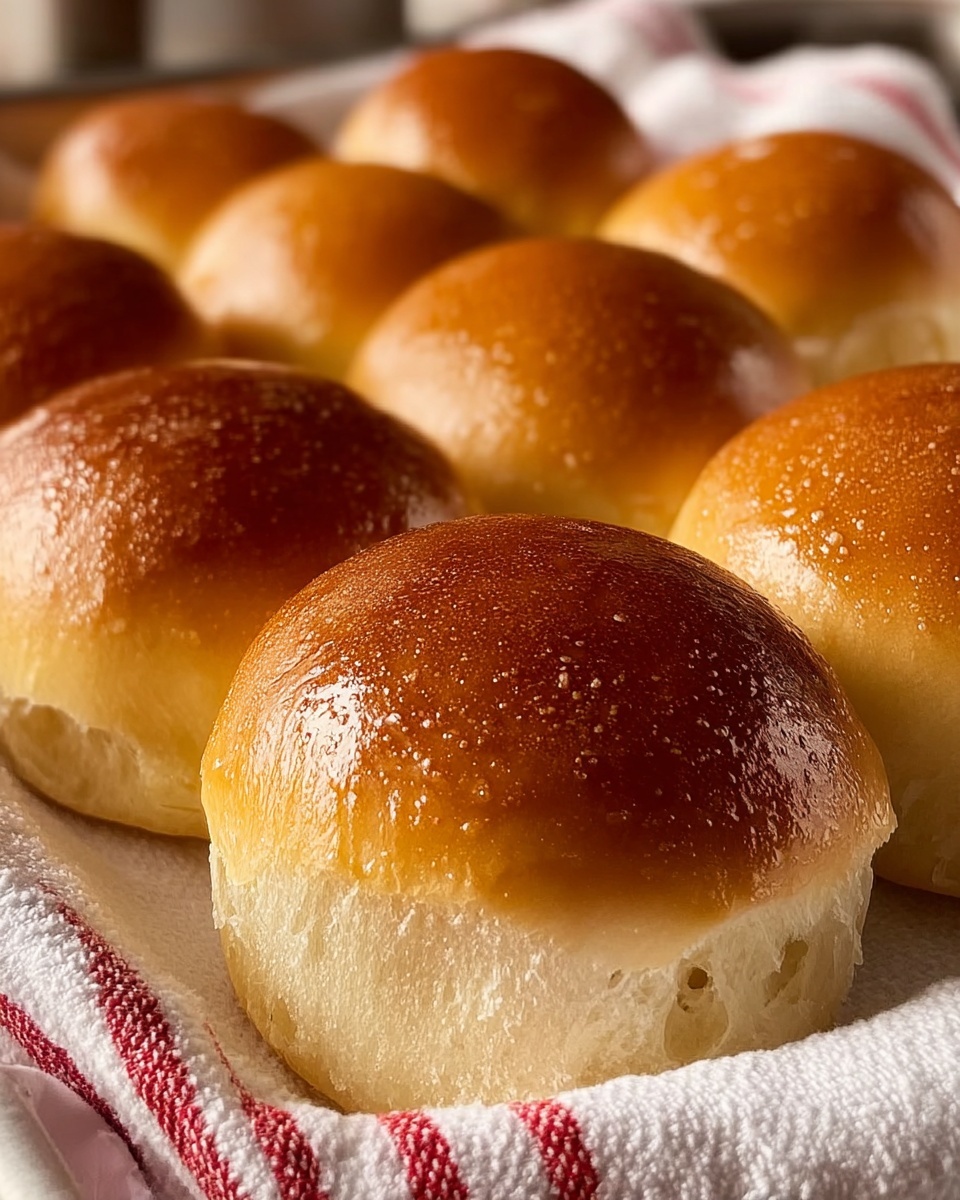
Ingredients You’ll Need
The beauty of this Old Fashioned Yeast Rolls Recipe lies in its simplicity. Each ingredient plays a vital role in creating that soft texture and subtle, buttery flavor. By using everyday pantry staples, you can make a batch of these delightful rolls anytime you want.
- Warm water (1/2 cup, 110°F/43°C): Activates the yeast perfectly for a good rise.
- Active dry yeast (1 packet, about 2 1/4 teaspoons): The magic leavening agent that makes your rolls fluffy and light.
- Granulated sugar (1/4 cup): Feeds the yeast and adds the signature subtle sweetness.
- Whole milk (1/2 cup, warmed): Provides richness and moistness to the dough.
- Unsalted butter (1/4 cup, softened): Adds a tender crumb and that classic buttery note.
- Large egg (1): Binds the dough and contributes to a soft, golden texture.
- Salt (1 teaspoon): Balances flavors and enhances the overall taste.
- All-purpose flour (3 1/2 to 4 cups): The main structure of the roll, added gradually to get the perfect dough consistency.
- Melted butter (2 tablespoons, for brushing): Gives a shiny, flavorful finish once baked.
How to Make Old Fashioned Yeast Rolls Recipe
Step 1: Activate the Yeast
Start by mixing the warm water and yeast in a small bowl, letting it sit until it froths and bubbles. This step ensures your yeast is alive and ready to work its magic, which is crucial for those light and airy rolls.
Step 2: Prepare the Dough
In a large mixing bowl, combine the sugar, warmed milk, softened butter, egg, and salt. Give everything a good mix before adding the yeast mixture. Gradually stir in the flour, starting with 3 1/2 cups, until the dough begins to come together. You might need to add a bit more flour if it feels too sticky, but aim for a soft, slightly tacky dough that’s easy to handle.
Step 3: Knead the Dough
Turn the dough onto a floured surface and knead it for about 8 to 10 minutes. This develops the gluten, giving the rolls their chewy yet tender texture. If kneading by hand feels daunting, a stand mixer with a dough hook works wonders here.
Step 4: First Rise
Place the kneaded dough in a greased bowl, cover it with a clean kitchen towel or plastic wrap, and set it in a warm spot. Let it rise until doubled in size—usually about 1 to 1 1/2 hours. This slow rise builds flavor and gives the rolls their fluffy character.
Step 5: Shape the Rolls
Punch down the risen dough to release air, then divide it into 12 to 15 even portions. Shape each piece into a smooth ball by tucking edges underneath. Arrange the rolls close together on a greased baking pan so they can rise and touch, creating those soft sides.
Step 6: Second Rise
Cover the shaped rolls and let them rise again until puffy and nearly doubled—about 30 to 45 minutes. This final rise is key to that pillowy texture you’re craving.
Step 7: Bake and Brush
Bake the rolls in a preheated oven (typically around 375°F/190°C) for about 15 to 20 minutes, or until golden brown on top. As soon as they come out of the oven, brush them generously with melted butter for that irresistible glossy finish and rich flavor.
How to Serve Old Fashioned Yeast Rolls Recipe
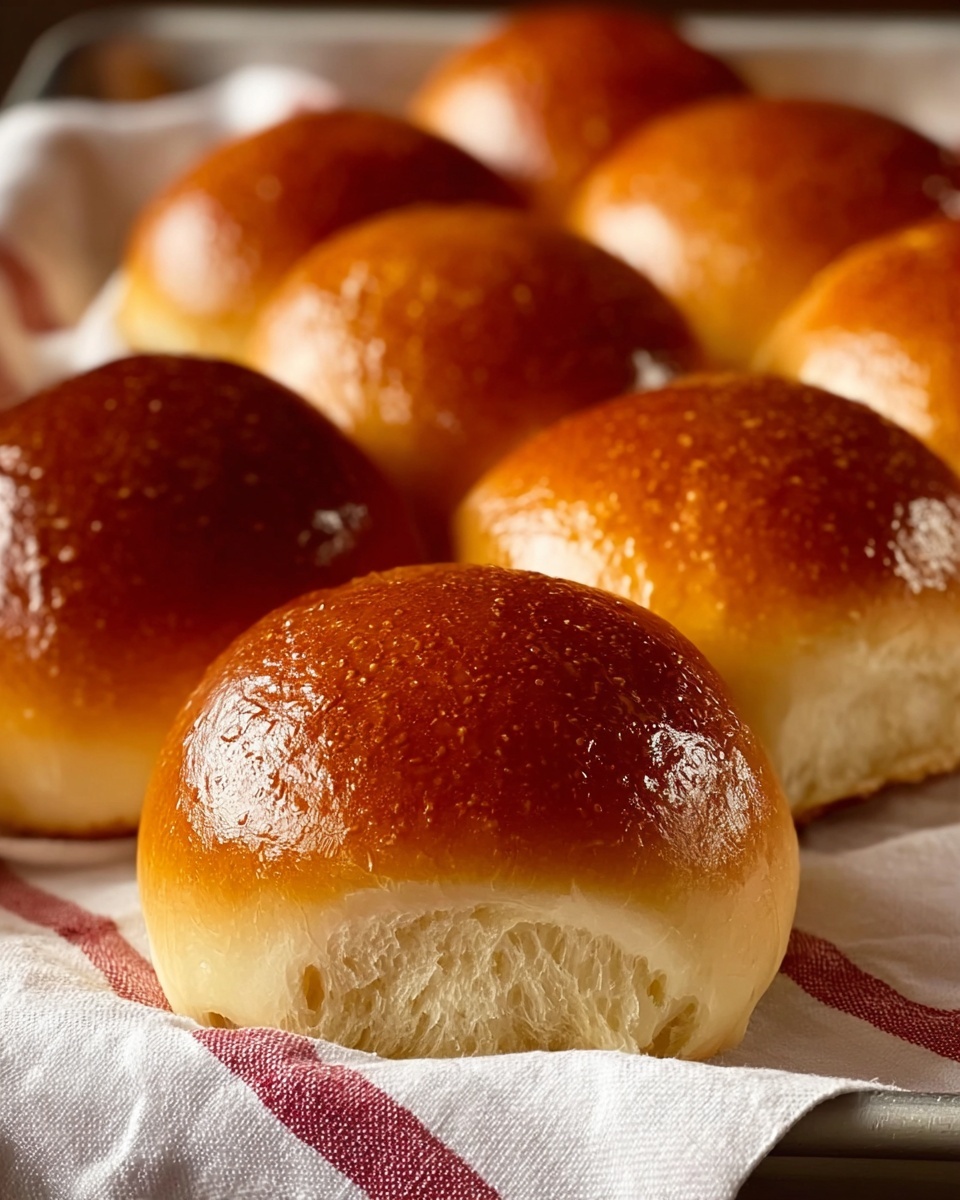
Garnishes
While these rolls are stunning all on their own, a sprinkle of flaky sea salt or a light brush of garlic butter adds an exciting flavor boost. Fresh herbs like rosemary or thyme can also be finely chopped and sprinkled on top right after baking for a fragrant finish.
Side Dishes
These Old Fashioned Yeast Rolls pair beautifully with hearty soups, roasted meats, or classic comfort foods like mashed potatoes and gravy. Their soft crumb is perfect to soak up sauces, making every bite more delightful. They also shine at holiday dinners or casual family meals.
Creative Ways to Present
Try serving these rolls in a warm basket lined with a cozy cloth napkin to keep them soft longer. Or slice them in half and turn them into miniature sliders for a fun party appetizer. For a sweet twist, spread warm rolls with fruit preserves or honey butter for breakfast or brunch.
Make Ahead and Storage
Storing Leftovers
Keep leftover rolls fresh by storing them in an airtight container at room temperature. They’re best enjoyed within 2 to 3 days when they retain their soft texture. If you want to refresh them, warming them briefly in the oven works wonders.
Freezing
You can freeze these rolls either before or after baking. To freeze dough, shape the rolls and place them on a baking sheet to freeze individually before transferring to a freezer bag. For baked rolls, wrap them tightly in foil or plastic wrap and freeze for up to 3 months. Thaw overnight in the fridge or at room temperature before reheating.
Reheating
To bring your rolls back to that fresh-from-the-oven softness, wrap them in foil and warm in a 300°F (150°C) oven for about 10 to 15 minutes. Alternatively, a quick zap in the microwave for about 15 seconds does the trick if you’re in a hurry.
FAQs
Can I use instant yeast instead of active dry yeast?
Absolutely! Instant yeast can be used in this Old Fashioned Yeast Rolls Recipe. You can mix it directly into the dry ingredients without proofing it first, just remember to adjust your rising times as it works a bit faster.
Why are my yeast rolls dense instead of fluffy?
Dense rolls usually result from under-kneading the dough, not letting the dough rise enough, or using water that’s too hot or too cold for the yeast. Make sure to follow the temperature guidelines precisely and allow adequate rising time for pillowy rolls every time.
Can I substitute whole milk with a non-dairy milk?
You can swap whole milk for a non-dairy alternative like almond or oat milk, but the richness and texture might be slightly different. For best results, choose unsweetened versions and consider adding a bit of extra butter to maintain tenderness.
How do I make the crust softer?
For a softer crust, brushing melted butter on the rolls right after baking helps. Alternatively, covering the freshly baked rolls with a clean kitchen towel while they cool traps moisture and keeps them soft.
What is the best way to reheat leftover rolls?
Reheating rolls wrapped in foil and warming them in a moderate oven maintains softness and warmth without drying them out. Avoid reheating exposed rolls directly in the microwave for too long as they can become tough.
Final Thoughts
There’s something truly special about making bread from scratch, and this Old Fashioned Yeast Rolls Recipe proves it can be wonderfully simple and rewarding. These rolls brighten up any table, bringing warmth, comfort, and a touch of nostalgia with every bite. I encourage you to try this recipe soon—you might just find yourself baking these timeless rolls again and again!
Print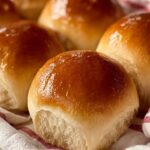
Old Fashioned Yeast Rolls Recipe
- Prep Time: 20 minutes
- Cook Time: 15-18 minutes
- Total Time: 1 hour 55 minutes (including rising time)
- Yield: 12-15 rolls
- Category: Bread
- Method: Baking
- Cuisine: American
Description
Classic Old Fashioned Yeast Rolls are soft, fluffy, and buttery bread rolls perfect for any meal. Made with simple ingredients and a traditional yeast dough, these rolls have a tender crumb and golden tops brushed with melted butter, making them irresistible warm from the oven.
Ingredients
Yeast Mixture
- 1/2 cup warm water (110°F/43°C)
- 1 packet active dry yeast (about 2 1/4 teaspoons)
- 1/4 cup granulated sugar
Dough
- 1/2 cup whole milk, warmed
- 1/4 cup unsalted butter, softened
- 1 large egg
- 1 teaspoon salt
- 3 1/2 to 4 cups all-purpose flour (start with 3 1/2 cups and add more as needed)
Finishing
- 2 tablespoons melted butter (for brushing)
Instructions
- Activate Yeast: In a small bowl, combine warm water, yeast, and a pinch of sugar. Let it sit for 5-10 minutes until foamy, indicating the yeast is active.
- Prepare Dough Ingredients: In a large mixing bowl, whisk together the warmed milk, softened butter, egg, sugar, and salt until well combined.
- Add Yeast and Flour: Stir the activated yeast mixture into the wet ingredients. Gradually add 3 1/2 cups of flour, mixing with a wooden spoon or dough hook until the dough starts to pull away from the sides of the bowl. Add additional flour as needed to make a soft, slightly sticky dough.
- Knead the Dough: Lightly flour a clean surface and knead the dough for about 8-10 minutes until smooth and elastic. You can also use a stand mixer fitted with a dough hook for this step.
- First Rise: Place the dough in a greased bowl, cover with a clean towel or plastic wrap, and let it rise in a warm place for about 1 to 1 1/2 hours, or until doubled in size.
- Shape Rolls: Punch down the risen dough to release air, then divide it into 12-15 equal pieces. Shape each piece into a smooth ball and place them in a greased baking dish or on a baking sheet lined with parchment paper, spaced slightly apart.
- Second Rise: Cover the shaped rolls and let them rise for another 30-45 minutes until puffy.
- Bake: Preheat the oven to 375°F (190°C). Bake the rolls for 15-18 minutes or until golden brown on top.
- Brush with Butter: Remove the rolls from the oven and immediately brush the tops with melted butter to give them a shiny, soft finish.
- Cool and Serve: Allow the rolls to cool slightly before serving warm. Enjoy as a delightful side to any meal.
Notes
- You can use bread flour instead of all-purpose flour for chewier rolls.
- Ensure liquids are warmed to approximately 110°F to properly activate the yeast without killing it.
- For a richer flavor, substitute part of the milk with cream or add a tablespoon of honey to the dough.
- These rolls freeze well; cool completely, then freeze in an airtight container. Reheat before serving.

